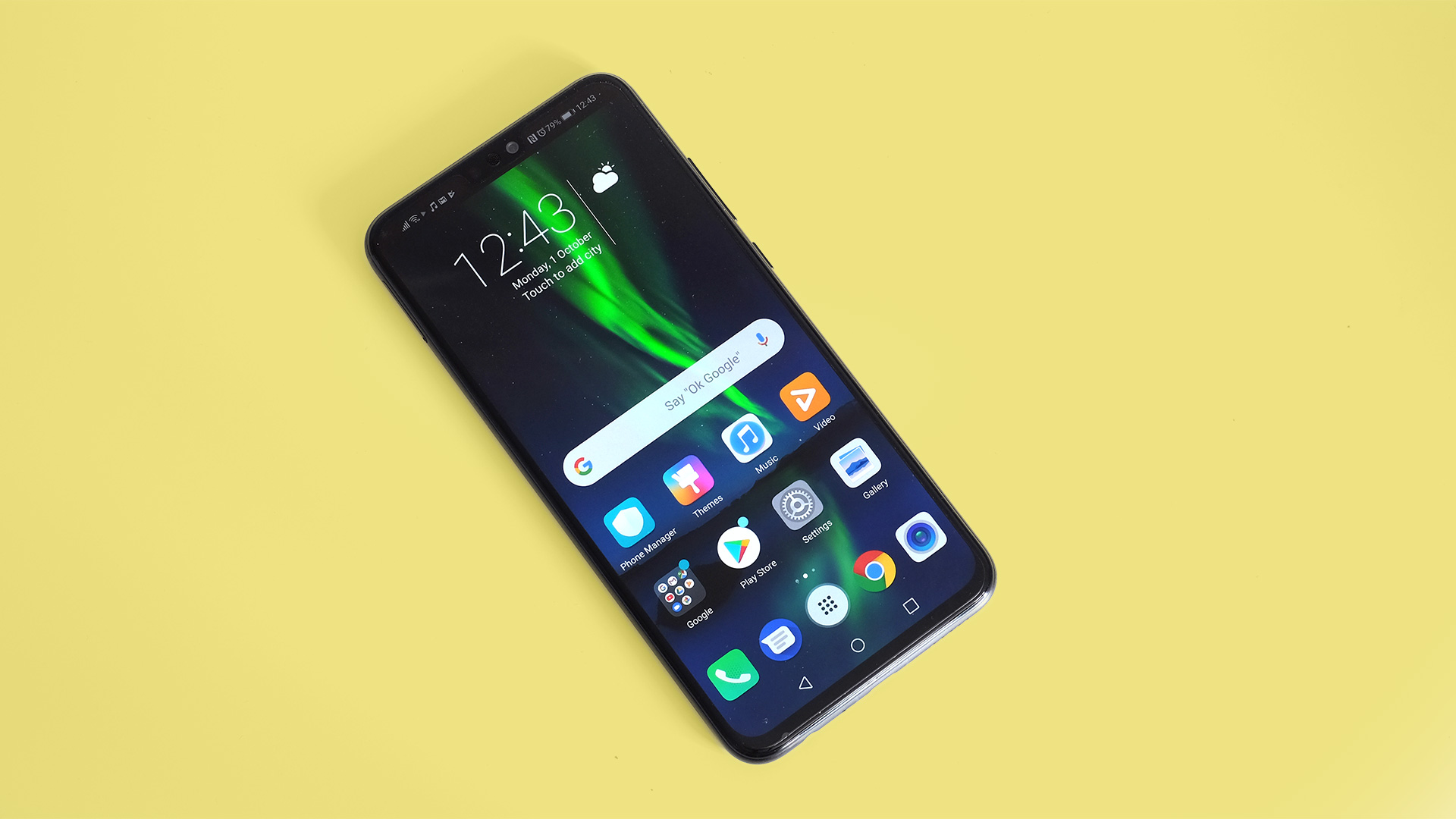Why you can trust TechRadar
Battery life
- 3,750mAh battery
- micro USB charging
The Honor 8X has a 3,750mAh battery, which doesn’t seem huge for a phone with a 6.5-inch screen. However, like a lot of recent Huawei and Honor phones, its real-world stamina is well above average.
Intense power management may be the cause, but the Honor 8X does not pull any far-too-invasive moves like closing Spotify or Podcast Addict as you listen to music or a podcast. Other Huawei and Honor phones do this.
With a very heavy day of use, including several hours of audio streaming, a couple of hours of intermittent browsing and about 30 minutes of YouTube streams, the Honor 8X still made it to 11pm. Just.
It lasts far longer than the iPhone XS. Among its Android peers the Honor 8X isn’t a class leader, but it is very solid.
We earned similar quality results from our standard video playback drain test. 90 minutes of 720p video playback at maximum brightness takes 13% off the battery.
This is great for a sub-$300 phone, but some of Honor’s sister brand Huawei’s phones lose as little as 8% in the same test.
The Honor 8X uses a micro USB port for charging. It’s one of the few parts that seems dated.
Sign up for breaking news, reviews, opinion, top tech deals, and more.
There is fast charging. The charger offers variable voltage. It’s not the fastest we’ve tried, but we’re still very glad we’re not left with a basic charger plug.

Camera
- Dual rear 20MP/2MP cameras
- AI-assisted photography including specialist Night mode
- 16MP front camera
The Honor 8X’s camera seems, on the surface, almost as well-spec’d as that of top-end Huawei and Honor phones.
It has the celebrated ultra-low light mode of the Huawei P20 Pro, a dual-lens system for synthetic wide aperture (background blur) shots, and an AI mode. This recognizes the scene to aid processing, with the aim of producing punchier pics.
As you might guess, most of these are a little less effective, a little cut back, compared to the versions in the priciest Honor/Huawei models. However, the Honor 8X instantly feels like a feature-rich camera phone.
The first little issue we noticed was the Honor 8X’s shooting speed. It’s not an instant snapper, with slight shutter lag. As it’s less pronounced than the Moto G6 series’ own lag, it’s not a major problem though.
General image quality from the main 20MP sensor with f/1.8 is very good too. Daylight shots are sharp and detailed, with good pixel level integrity for a high-res sensor and some very solid dynamic range post auto-optimization. It handles mixed lighting levels well.

Up close everything looks a little less natural than through a top-end 12MP camera paired with intelligent processing. But that it exactly what we expected from the Honor 8X. It’s great considering the cost.
For the most natural shots, you’ll want to avoid using the ‘AI’ mode too much. This jacks up saturation in blue skies, glass and food for a larger-than-life look. Sometimes the results are very punchy, but using standard shooting and fiddling with filters and saturation afterwards leaves more room for creativity.
Still, if you’re short on time and rich in social networking followers, maybe the Honor 8X’s AI mode will be right up your street.
The aperture mode, which blurs out the background to make your shots look as if they were taken with a large-lens camera rather than a phone, has the most obvious cut backs. This uses the secondary rear camera to create a 3D depth map of a scene, to decide which parts should be blurred.
As that second camera only has a crude 2MP sensor, aperture mode makes more mistakes than the iPhone XS’s or Huawei P20 Pro’s. Bits that shouldn’t be blurred sometimes are. However, the results are much better than what you see when shooting, and you can get some dynamic-looking results.

The ultra-low light mode is the most interesting part here, though. Just like almost every phone at the price, the Honor 8X’s normal low light or night photos are nothing special. They are noisy and confused-looking, lacking the sharpness of a truly strong high-end phone camera.
Use the dedicated night mode and sharpness increases radically. This stitches together a series of different shots. It takes 5-7 seconds, you need to stay reasonably still, and it won’t work well with moving subjects. But you really can use it handheld and you end up with some of the best low light photos seen in a phone at the price.
Video capture is limited, however. Despite all those pixels on tap, the Honor 8X caps out at 1080p, 60 frames per second. The front camera can manage 1080p at 30 frames per second. There’s no 4K shooting, which is available on the Motorola One.
That front camera has a 16MP sensor. Honor, as is often the case, puts more of an emphasis on selfies than some.
As ever, there’s also a Beauty mode that smooths out your skin texture for a more flattering look. Most of the time these modes are adjacent to Photoshopping your selfies. And this one is too.
However, as the processing over sharpens images with the beauty slider set to zero, you might want to up it a few notches to avoid pores standing out like poppy seeds on a loaf of bread.
Camera samples


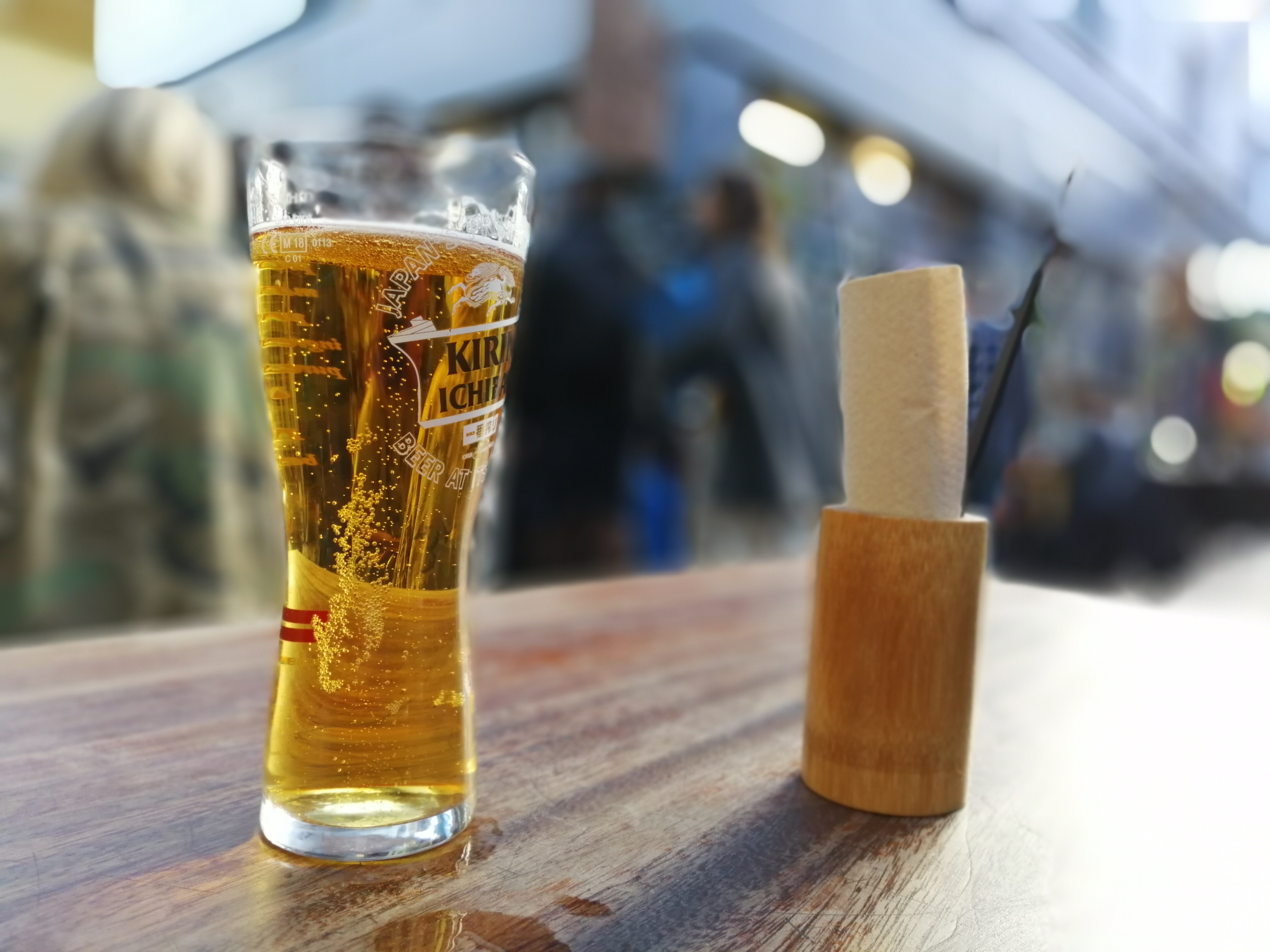
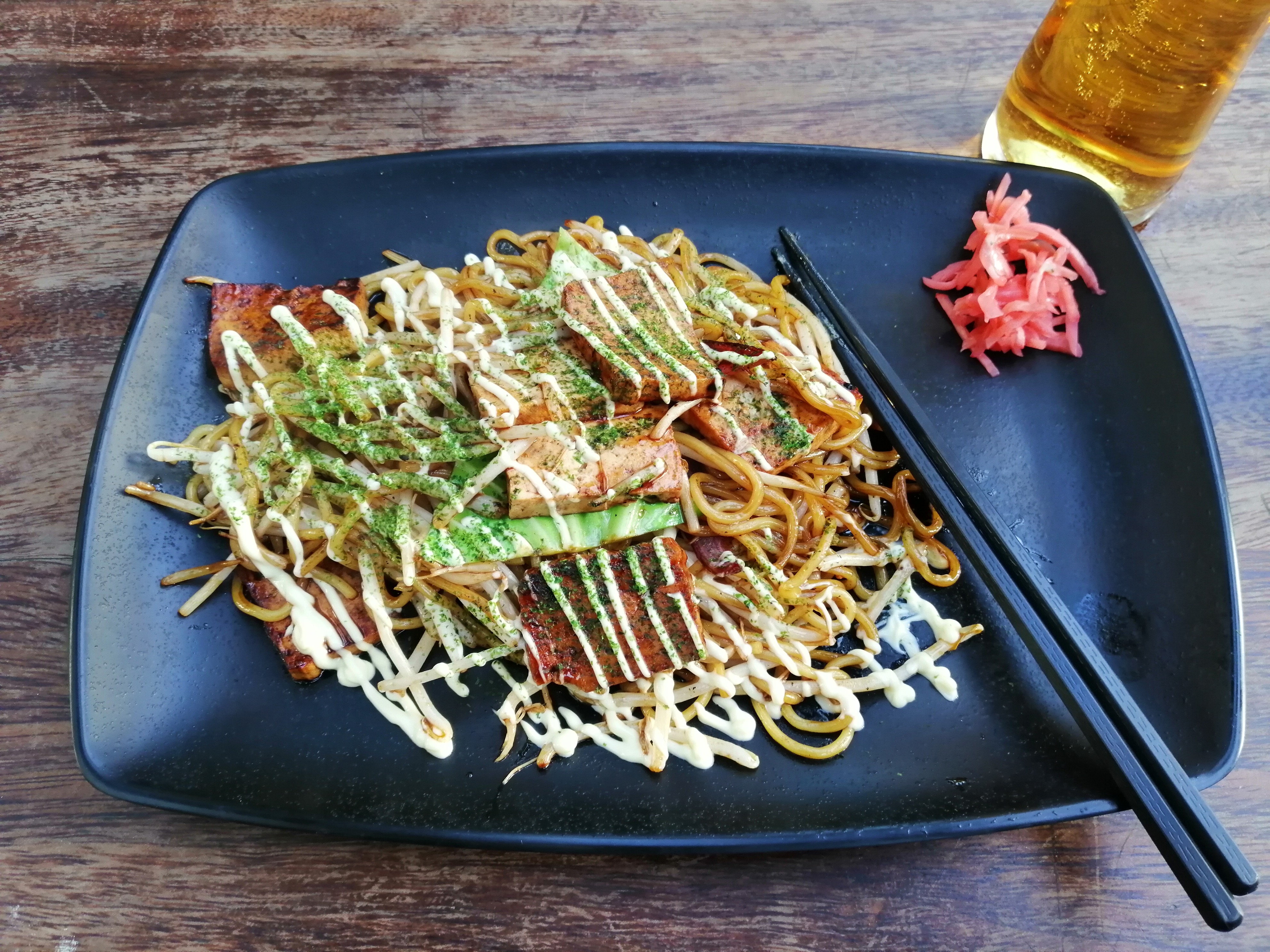
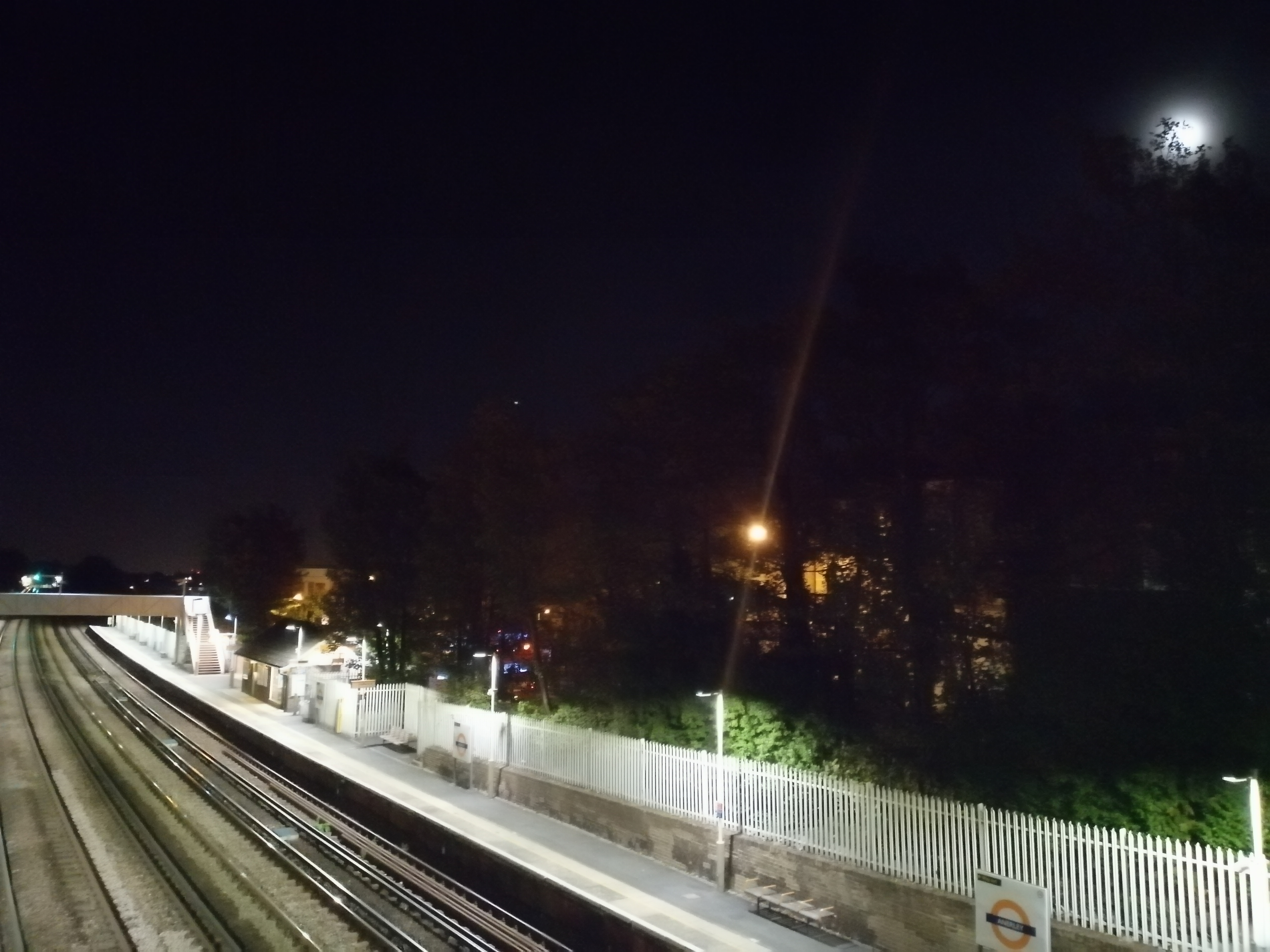
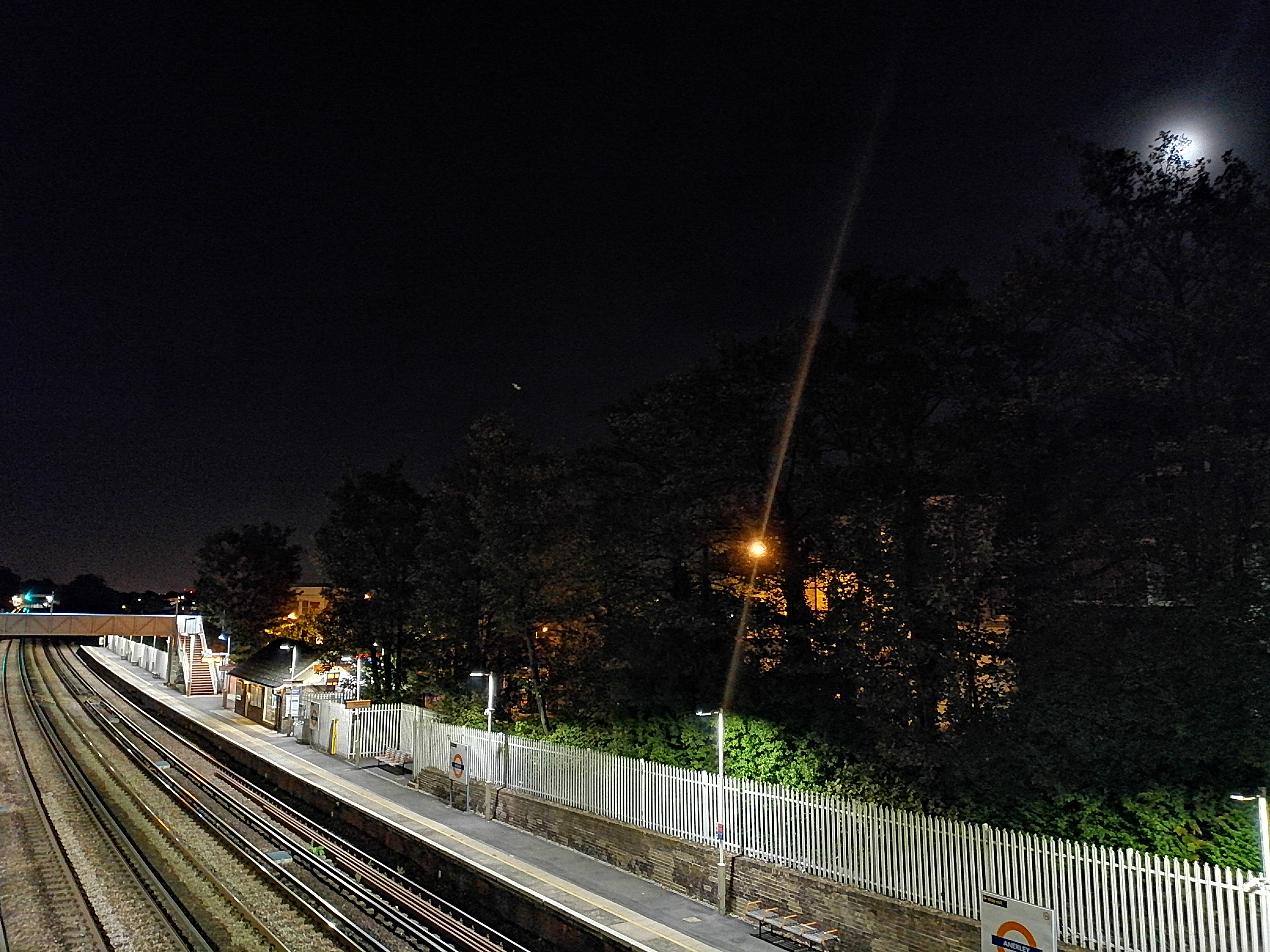
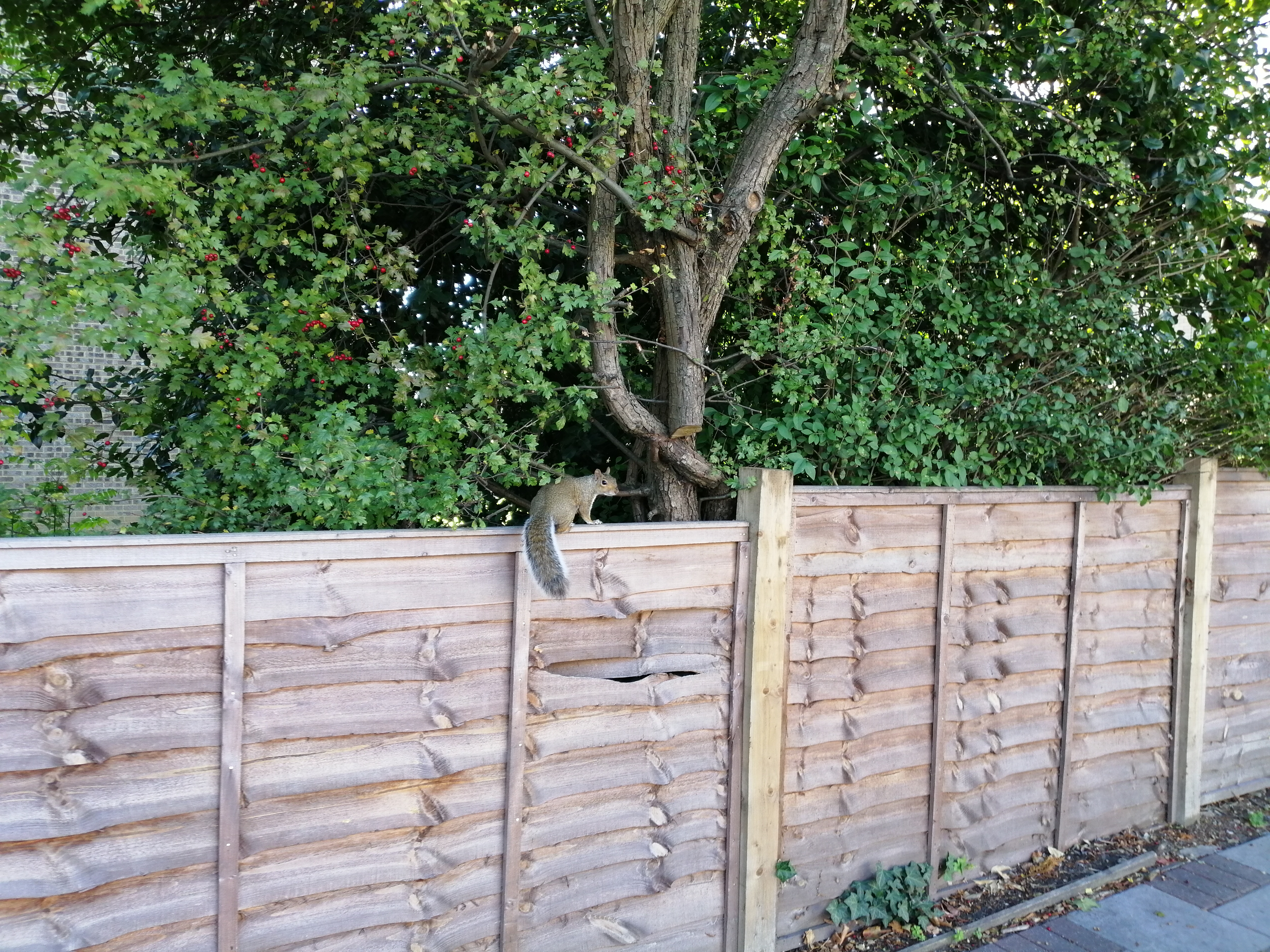


Current page: Battery life and camera
Prev Page Introduction, key features and design Next Page Anything else I should know?
Andrew is a freelance journalist and has been writing and editing for some of the UK's top tech and lifestyle publications including TrustedReviews, Stuff, T3, TechRadar, Lifehacker and others.
